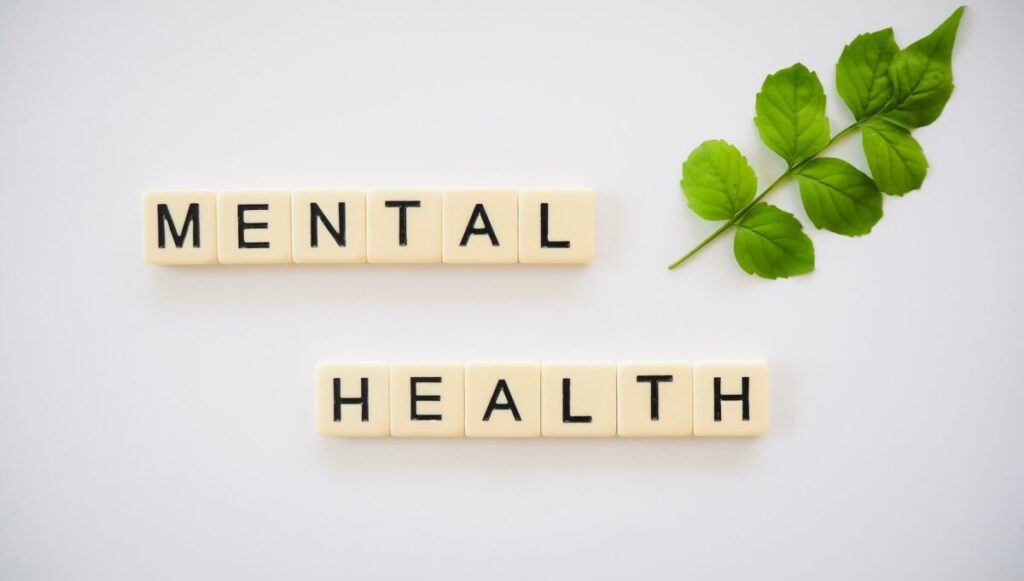Mental Health and The Teaching Professionals
All over the country, students and teachers have been walking out of schools in protest of unsafe learning and working conditions. Research suggests that teachers are facing a similar mental health crisis to students, but they’re left with little support.
In a recent assessment conducted by Miami University in Ohio, nearly two-thirds of teachers reported increased concern for emotional exhaustion, while three out of five reported concerns about anxiety.
While teachers are feeling isolated and depressed, they’re much less likely than students to have access to mental health resources in school. It seems that the situation is the same at every school.
It’s easy to lose sight of the fact that schools are a workplace—just like hospitals—and a stressful one at that. Educators are expected to meet the vastly different academic, social, emotional, and behavioral needs of individual students while simultaneously meeting the demands of high stakes testing, deal with parents, and adapt to every new initiative that comes down the pike.
Researchers are working to solve the student and teacher mental health crises by developing and implementing a three-component framework that includes a statewide Student Assistance Program (SAP) model, strengthening specialized interventions for youth and addressing staff mental wellness.
Schools are advised to adopt human resource department policies related to employee assistance programs, such as mental health days. They also receive specific guidelines on supporting their staff who are at risk of or experiencing substance abuse and mental health disorders, such as offering depression screening.
“It all starts with listening to educators, hearing them, taking their concerns seriously, and being responsive to what they’re saying.



